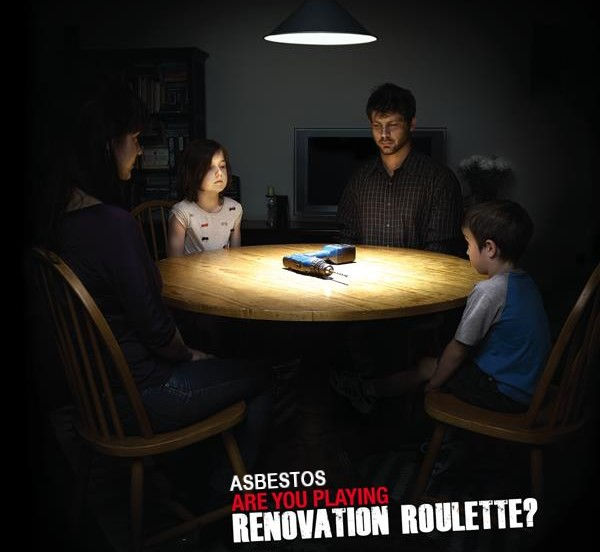
What is Asbestos ?
What is Asbestos?
So you need to get an asbestos survey, and you’ve heard of asbestos in the news. You may know that asbestos is very harmful, but you don’t really know what it is?
Asbestos is a naturally occurring mineral made up of long, thin fibrous crystals. It is still mined today in countries such as Russia, Canada, India, China and Kazakhstan. In the late 19th century, asbestos became popular because of its resistance to heat, electricity and chemical damage, its sound absorption and tensile strength. It was therefore added to many different materials to take advantage of these properties, such as cement to make corrugated roofing and fire-retardant products. Asbestos fibres are long and strong enough to be woven into fabrics, ropes, etc. and can also be added to plastics to give them the above properties. Thousands of different products have had asbestos added to them.




Three main types of asbestos have been used in the Ireland – chrysotile, amosite and crocidolite (white, brown and blue). Chrysotile is by far the most common.
The use, importation and sale of all asbestos was banned in Ireland in 1999. This means that any building in Ireland constructed prior to 2000 may
contain asbestos. Buildings constructed after 1996, should have a health and safety file, which should give details of any asbestos containing materials used. However, unless the H&S file clearly states that no asbestos products were used, then it shouldn’t be assumed that none were.
So you now know why asbestos has been used, so why is it so harmful? Imagine asbestos mineral fibres as microscopic needles. If a person were to breathe those needles in, they would travel far down into the lungs. When that person breathed out, those asbestos needles would not come out because they would be lodged inside.
The human body cannot break down asbestos, so instead it forms a scar around each fibre or needle. This then may lead to asbestosis or mesothelioma, both of which are fatal. Cruelly, asbestos related diseases don’t generally present until 25 to 50 years after exposure.




Where is Asbestos Found ?
Where is Asbestos Found?
Asbestos is resistant to heat, fire, electricity and chemicals. It has really good sound absorption qualities and a high tensile strength. As a result, many products which could benefit from these properties have had asbestos added to them.
Some asbestos containing materials are more vulnerable to damage and more likely to give off fibres than others. In general, the materials which contain a high percentage of asbestos are more easily damaged.
Most asbestos fibres are invisible to the eye because their size is about 3.0-20.0 µm in length and can be as thin as 0.01 µm. Human hair ranges in size from 17 to 181 µm in width. Because asbestos fibres are so small, once released, they remain suspended in the air for hours or even days. In many cases, an asbestos containing product is not easily distinguished from its non-asbestos counterpart, without sample analysis in an accredited laboratory.




Always check the asbestos survey report first before carrying out any building repairs, refurbishment or demolition work. Asbestos is a hidden killer so you need to get clued up on the facts, so that you, your workmates and family are protected.
The list below is roughly in order of ease of asbestos fibre release (with the highest potential fibre release first);
-
Sprayed asbestos and asbestos loose packing – generally used as fire breaks in ceiling voids.
-
Moulded or preformed lagging – generally used in thermal insulation of pipe and boilers.
-
Sprayed asbestos – used as fire protection in ducts, firebreaks, panels, partitions, soffit boards, ceiling panels and around structural steel work.
-
Insulating boards used for fire protection, thermal insulation, partitioning and ducts.
-
Some ceiling tiles.
-
Millboard, paper and paper products used for insulation of electrical equipment. Asbestos paper has also been used as a fire-proof facing on wood fibreboard.
-
Asbestos cement products, which can be fully or semi-compressed into flat or corrugated sheets. Corrugated sheets are largely used as roofing and wall cladding. Other asbestos cement products include gutters, rainwater pipes and water tanks.
-
Certain textured coatings (“Artex”).
-
Bitumen roofing material and damp proof courses.
-
Vinyl or thermoplastic floor tiles, black toilet seats and cisterns.




